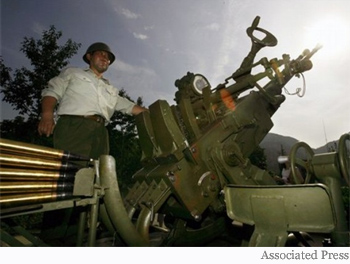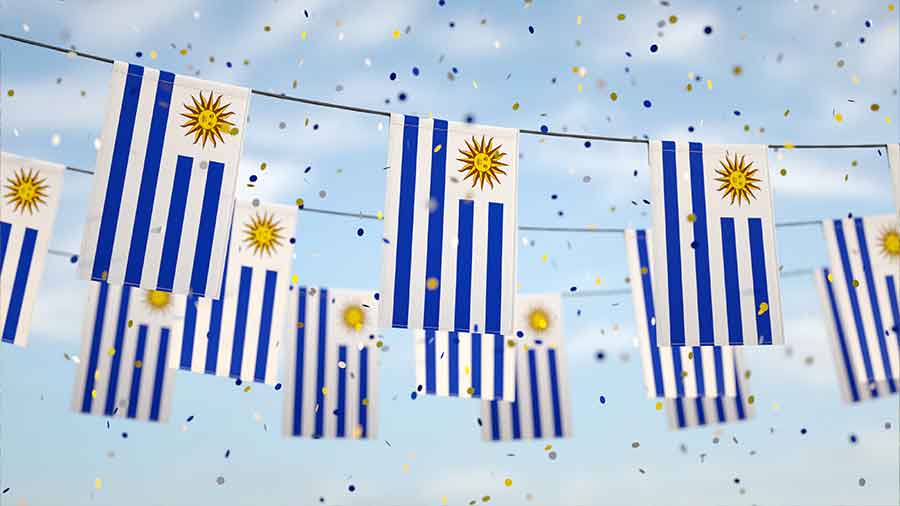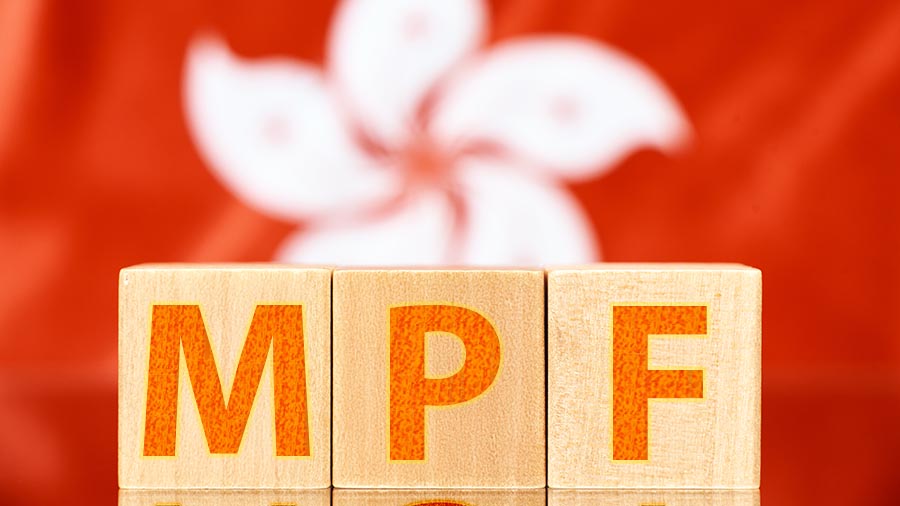Battling Persistent Haze, Beijing Commences Cloud Seeding
 BEIJING, July 29 – The dull boom of shells being fired in the layers of smog hanging the city echoed through streets around midnight last night as Chinese meteorologists attempted to improve the air over Beijing.
BEIJING, July 29 – The dull boom of shells being fired in the layers of smog hanging the city echoed through streets around midnight last night as Chinese meteorologists attempted to improve the air over Beijing.
A battery of artillery fired shells into the air for about 30 minutes, giving rise to occasional lightning. The practice, which has long been considered controversial, is a last ditch attempt by China to remove the dense smog that has engulfed the city the past week, cutting visibility down to just 50 yards in some places, making buildings appear ghostly and wraith-like in the haze. By 10 a.m. today, the situation seemed to have improved, with visibility extending about a kilometer and the smog having lifted considerably.
A further torrential downpour at 11:30 a.m. temporarily flooded some roads and added to the clearing of the atmosphere. By 3 p.m., the capital was enjoying bright blue skies for the first time in nearly two weeks, with the smog dispersal seemingly complete.
Beijing is hampered in climatic conditions by its location in a natural basin in which airborne particles tend to settle. Aside from the local pollutants, the city is only 100 kilometers south of the Gobi Desert. With sandstorms and winds blowing south over the Gobi, a larger than normal amount of dust and microscopic sand particles also descend upon the city, further increasing the amount of airborne particle concentration.
Cloud seeding is a form of weather modification that is often used to disperse fog, suppress hail, or control winds, but is most often used to increase precipitation. Cloud seeding is actually a very complex process. In its simplest terms, it introduces other particles into a cloud to serve as cloud condensation nuclei and aid in the formation of precipitation. In hygroscopic seeding, salt crystals are released into a cloud. These particles grow until they are large enough to cause precipitation to form. Clouds can be seeded from above with the help of aircraft that drop pyrotechnics, or from the ground by using artillery or ground-to-air rockets.
The science of weather seeding is not without controversy. Many question the validity of the results, since they are difficult to prove. Others feel that science shouldn’t interfere with nature. Still others claim that increasing rain in one area decreases it in another, in effect, “stealing” rain from other lands that may be in need. Many states in the United States have passed legislation to regulate cloud seeding and other forms of weather modification. However, with just 12 days to go until the Olympics and the results of Beijing’s already drastic reduction in pollution-producing factories and cars in the capital area not having the desired (and promised) effect, the Chinese are taking no chances.
- Previous Article Top China SOEs to Restructure After Games
- Next Article The Ningbo National Hi-Tech Industrial Development Zone Broadening City’s Economy
























